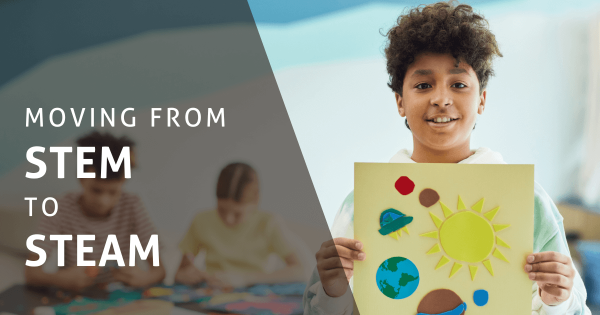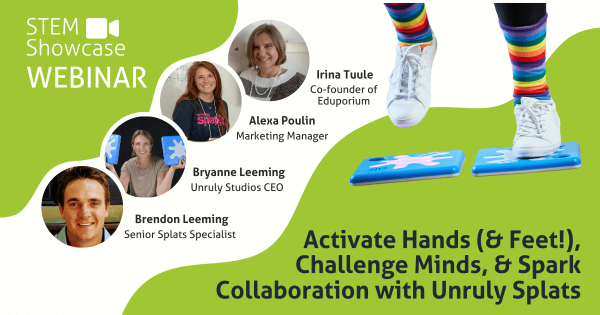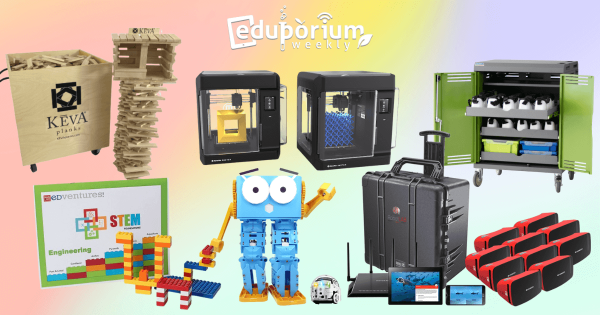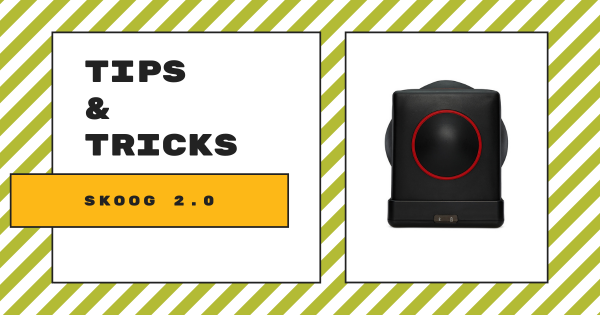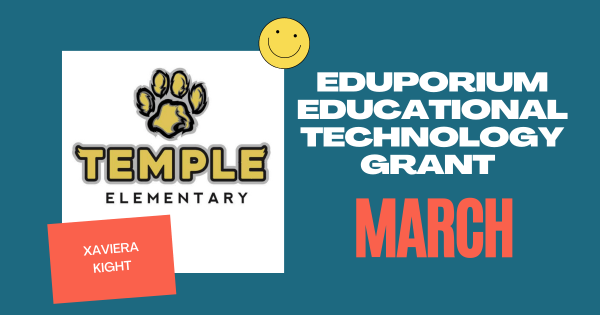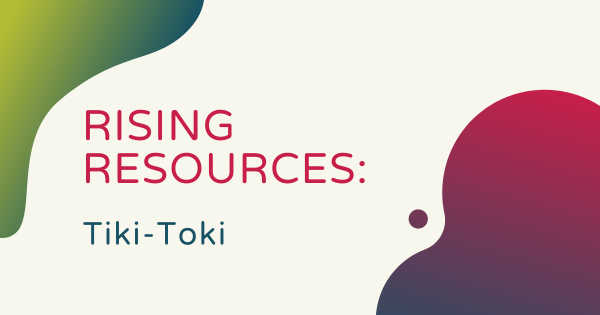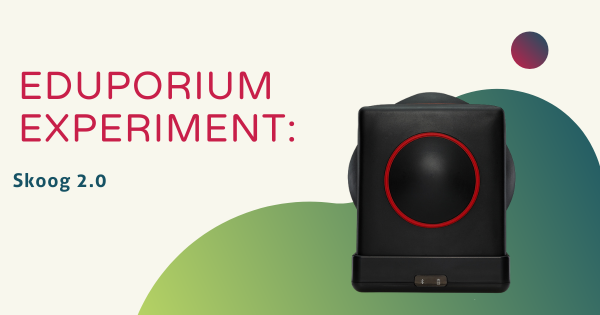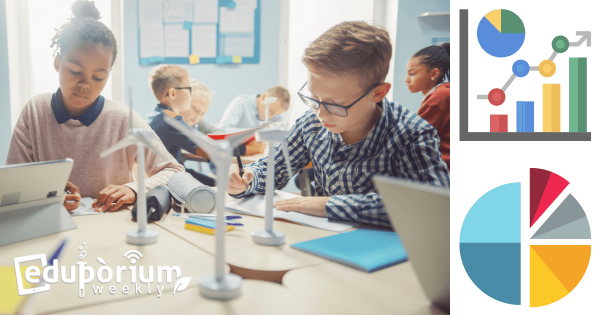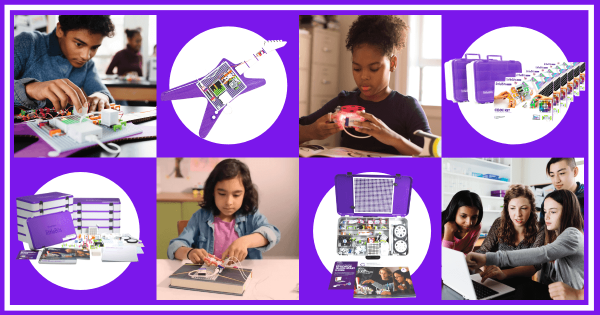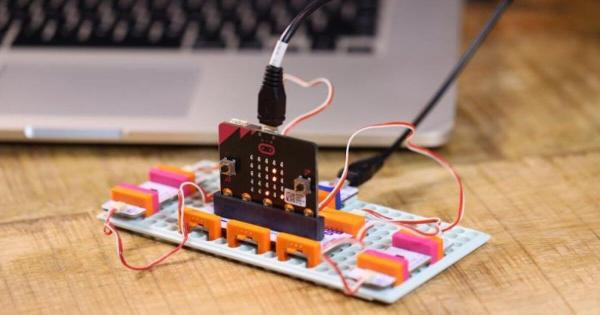STEM and STEAM education, understandably, have plenty in common and educators can use some similar tools and strategies while they’re teaching both. To start, STEAM education involves opportunities for students to add more artistry and creativity to these projects and, by moving from STEM to STEAM, they can learn to display their knowledge using new techniques.
STEAM Education
-
Activate Head, Heart, Hands (& Feet!): Unruly Splats Webinar
Did you know students’ physical activity levels have fallen by 40% in the past 5 years? Whether you attribute this change to social media, lack of third spaces for kids to gather, safety reasons, or something else, it’s definitely a concern. So why not integrate activity into other learning? The next installment in our spring webinar series shows you how -
Eduporium Weekly | 5 Top Library Supplies For STEM Learning
Educational leaders and school librarians routinely team up on repurposing traditional library rooms into versatile, multi-purpose facilities. There are so many benefits to this but it’s often largely tied to the importance of STEAM education and popularity of various makerspace kits. So, this week, we are exploring some top STEM supplies that also double as library supplies. -
Tips & Tricks | Skoog Instrument 2.0
The Skoog 2.0 is a tactile device that students can utilize to create sounds and music based on how they touch the various sides of this cube-shaped structure. It’s soft and even somewhat squishy, mimicking the top side of a drum with its unique texture but the Skoog 2.0 helps K–12 music teachers create learning experiences that are equally fun -
Xaviera Kight Earns Eduporium Technology Grant For March
Xaviera receives $100 to put towards school supplies every year but, as we know, this isn’t always enough to create impactful STEM experiences. While thankful for that money, she’s also explored STEM grants to further her resources. Particularly as she works to improve her STEAM lab, these new materials will be super helpful for her and her students. -
Rising Resources | Tiki-Toki for Student Multimedia Projects
While it’s not quite the same as the world-renowned TikTok app, Tiki-Toki, of course, shares a similar name. It’s free to sign up and it takes just a moment for students and teachers to get started. Using its desktop platform, students can create interactive timelines and personalized multimedia content to show their knowledge on key classroom topics. -
Eduporium Experiment | Skoog 2.0
Once you get the Skoog powered on, it’s easy to pair it with a device and get started trying the various sounds. The Skoog 2.0 is incredibly unique, offering students the chance to create musical sounds with tactile touch and even try coding and mixing with different mobile apps. Plus, each of its different colored surfaces allow students to create -
Eduporium Weekly | STEM Statistics to Monitor
The world isn’t getting any less advanced and that means, as time goes on, jobs will continue to be created in STEM fields and require technical proficiencies. It’s estimated that, by 2025, there could be as many as 3.5 million open STEM jobs. When it comes to STEM statistics, there’s so much we can learn about the current state of -
Why littleBits is a Favorite STEAM and Makerspace Tool
With over 15 specialized kits, littleBits is transforming STEAM education in all grade levels. They feature a progressive approach to hands-on learning, making, and engineering, and encourage kids to creatively explore millions of inventions. The solutions continue to evolve and, now, teachers can combine making and coding in one STEAM experience! -
New littleBits micro:bit Adapter Now Available
A compact and affordable tool, students can use the micro:bit V2 board to start out with beginner level programming and eventually learn to use it for creating programs with much higher levels of complexity. Its biggest value, however, may come in its compatibility with other teaching tools, including the littleBits micro:bit Adapter among other educator favorites.




